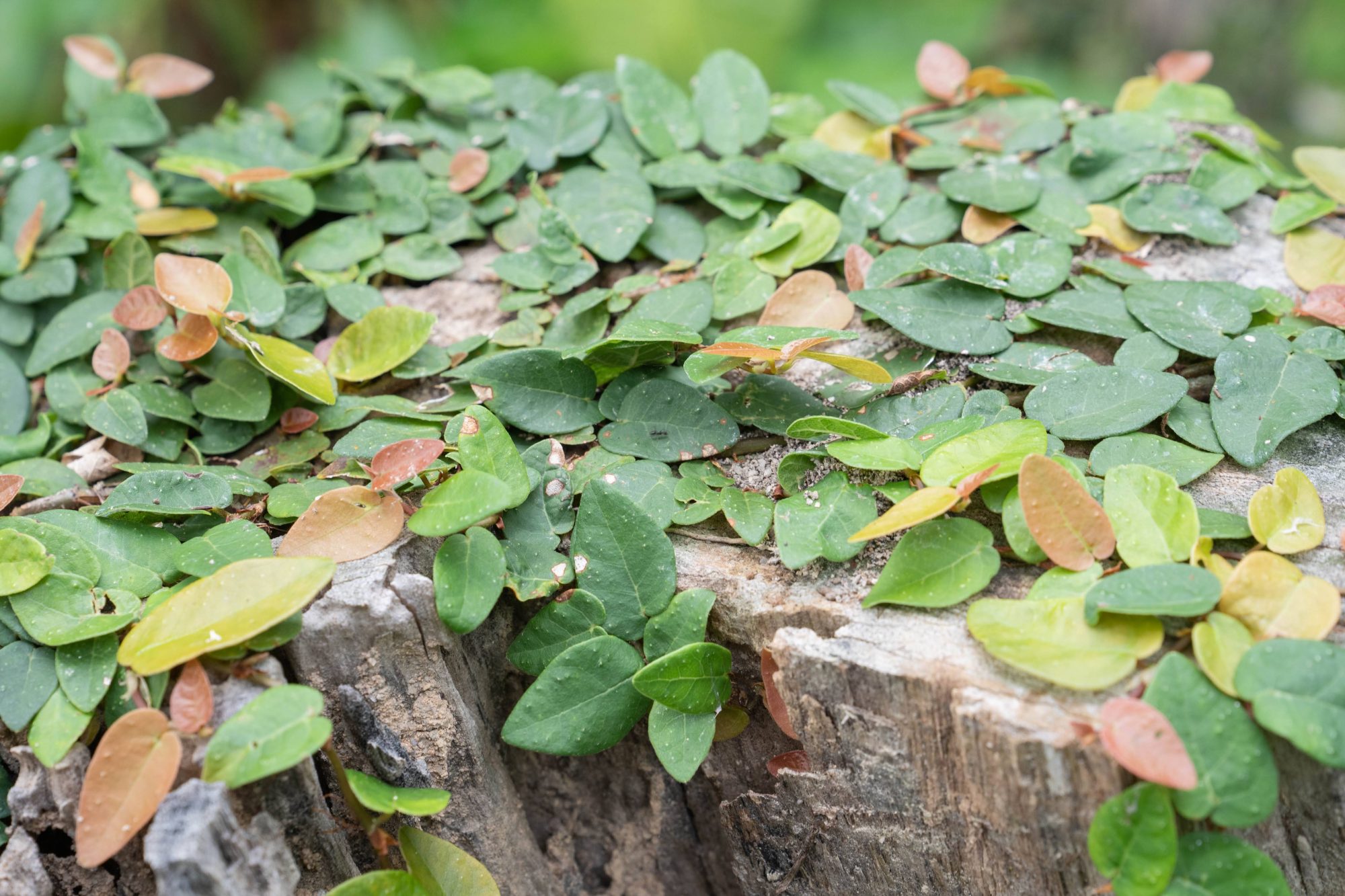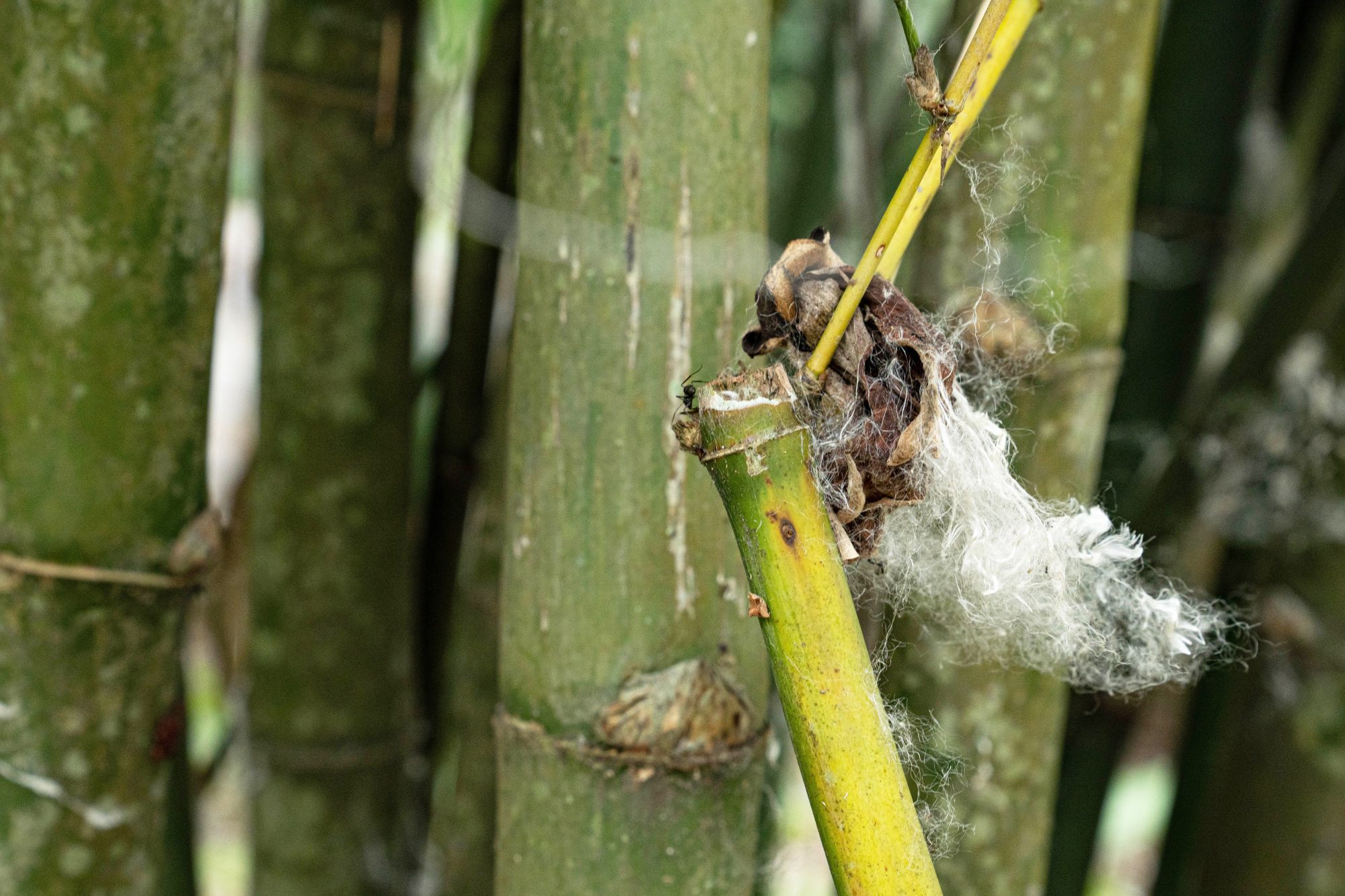
Ants and where to find them
The relationship between ants and their habitats
Ants can be found almost anywhere, from native to urban environment, and maybe even within your home. But not all species are found everywhere! Species of ants have different preferences on where to live, which we refer to as their niches. These preferences depend on different factors, such as body size, colony size, lifestyle and diet. Let’s imagine a species with a small colony size and with a generalist diet (= feeding on multiple types of food), it is possible for them to nest in crevices in our home and rely on food scrapes left by us. On the other hand, if it is an ant species with a much bigger colony and specialized on feeding on a particular type of insects, then they will need somewhere with abundant food source and suitable nesting place, such as in the forest.
Microhabitats?
Comparatively to birds or mammals, or even amphibians, ants are tiny, and as a result will only utilize a small portion of a habitat, which is known as microhabitats. For native environment, we can divide the microhabitats of ants into three broad categories: hypogaeic (= subterranean), epigaeic and arboreal. If the ants are active above the ground or on lower vegetation, we can say that they are epigaeic. If the ants live and forage within the soil, inside decaying wood on the ground, beneath rocks, below or within the leaf litter in a forest, we can say that they are hypogaeic. If the ants are active on a tree, you guess it, that means they are arboreal. But the arboreal environment is a lot more diverse than you might think! Aside from on the surface of tree trunk, branches and leaves, places such as beneath the tree bark of tree trunks, inside tree branches (alive or rotten), inside bamboo cavities, or by building their own nest structures (e.g., weaver ants) are also examples of arboreal microhabitats. It is possible for ants to nest and forage in very different microhabitats. For example, they may nest within the soil but spend most of their time foraging on trees nearby.

As ants are adapted to their habitats and microhabitats, where they live will also shape how they look. For example, if the ant species spent their lives underground and hardly ever see the sunlight, good eyesight is probably the last thing they needed. Hence, these subterranean species often have reduced eyes (or no more eyes!) while equipped with excellent tactile and olfactory senses. They are often small in size, with relatively flattened body and short legs, so as to better adapt to moving around within the soil. Their body color is also usually paler (due to an absence of pigments) than ants that live above the ground due to the lack of exposure to sunlight. Similar adaptions are also common in other hypogaeic ants. For epigaeic and arboreal ants, their body sizes can be bigger and often have longer legs. If they are hunters that prey on other arthropods, they probably would have elongated mandibles (to allow for quick slapping for prey-catching) and well-developed eyes as well. Arboreal ants will likely also need stronger legs and claws for climbing on trees and avoid falling off the branches or leaves when the wind blows.
Habitats in Saiyuen
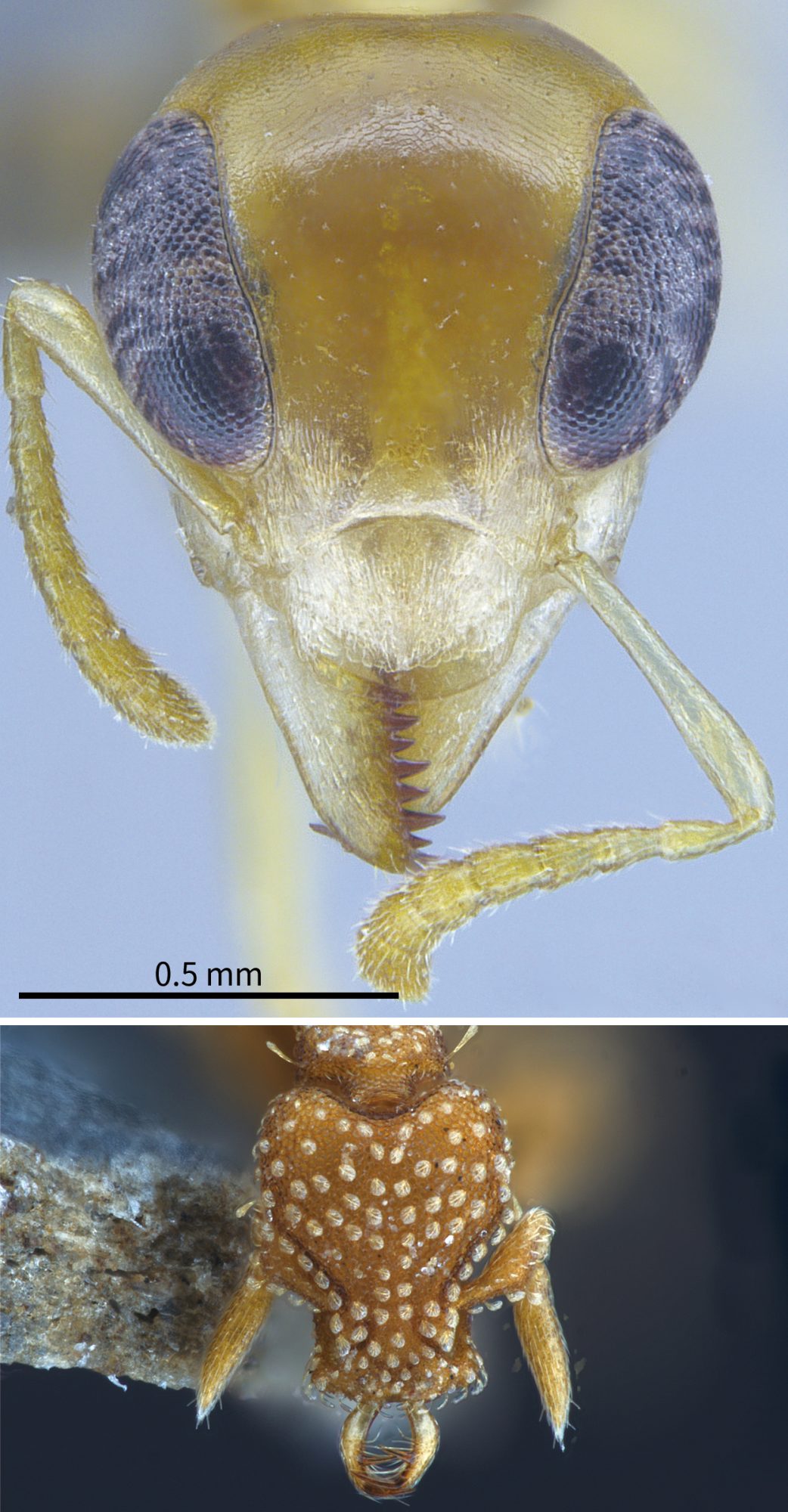
Let’s use ant species collected from Saiyuen as examples to illustrate what have been mentioned above! Gesomyrmex howardi minor workers has been collected on trees in the western part of Saiyuen. Hence, we can say its habitat is young secondary forest. This species is arboreal, hence its preferred microhabitat is in the treetop, where it both nests and forages. Gesomyrmex howardi have exceptionally developed eyes and strong legs, which support its arboreal lifestyle. Let’s another species as an example! Miniature trap-jaw ants (Strumigenys emmae and Strumigenys membranifera) are found in sample collected from the forest floor in Saiyuen. Their habitat is also secondary forest and their preferred microhabitats is within the leaf litter on the forest floor. They both have a hypogaeic lifestyle and are specialized hunters of a group of small, soft-bodied arthropods known as springtails, which is shown in their small size, flat body and elongated mandibles.
So, what kinds of habitats can we find in Saiyuen? The forest to the west of the Saiyuen can be classified as open secondary forest, which means the trees are not very dense and are relatively young. There are more ant species in forests than in other habitats, as there is a wide variety of microhabitats to accommodate different ant species with different preferences. There are strictly arboreal species (that almost never come to the ground) such as Gesomyrmex, Tetraponera and Crematogaster, as well as species that are mostly arboreal but may have nest within the soil such as some Camponotus, Tapinoma and Technomyrmex. There are also ants that forage within leaf litter on the forest floor such as Strumigenys and Carebara, and subterranean ants that nest and forage within the soil such as Buniapone and Euponera. Aside from the forest, there are a variety of other habitats in Saiyuen where we can find different species of ants. These include patches of bamboo forest, and open habitats such as grassland and farmland. Ants in open habitats typically nest within the soil and forage above the ground and on lower vegetation, such as ants from the genus Pheidole and Meranoplus, though there are also ants that are subterranean as well, such as Prionopelta and Ooceraea.

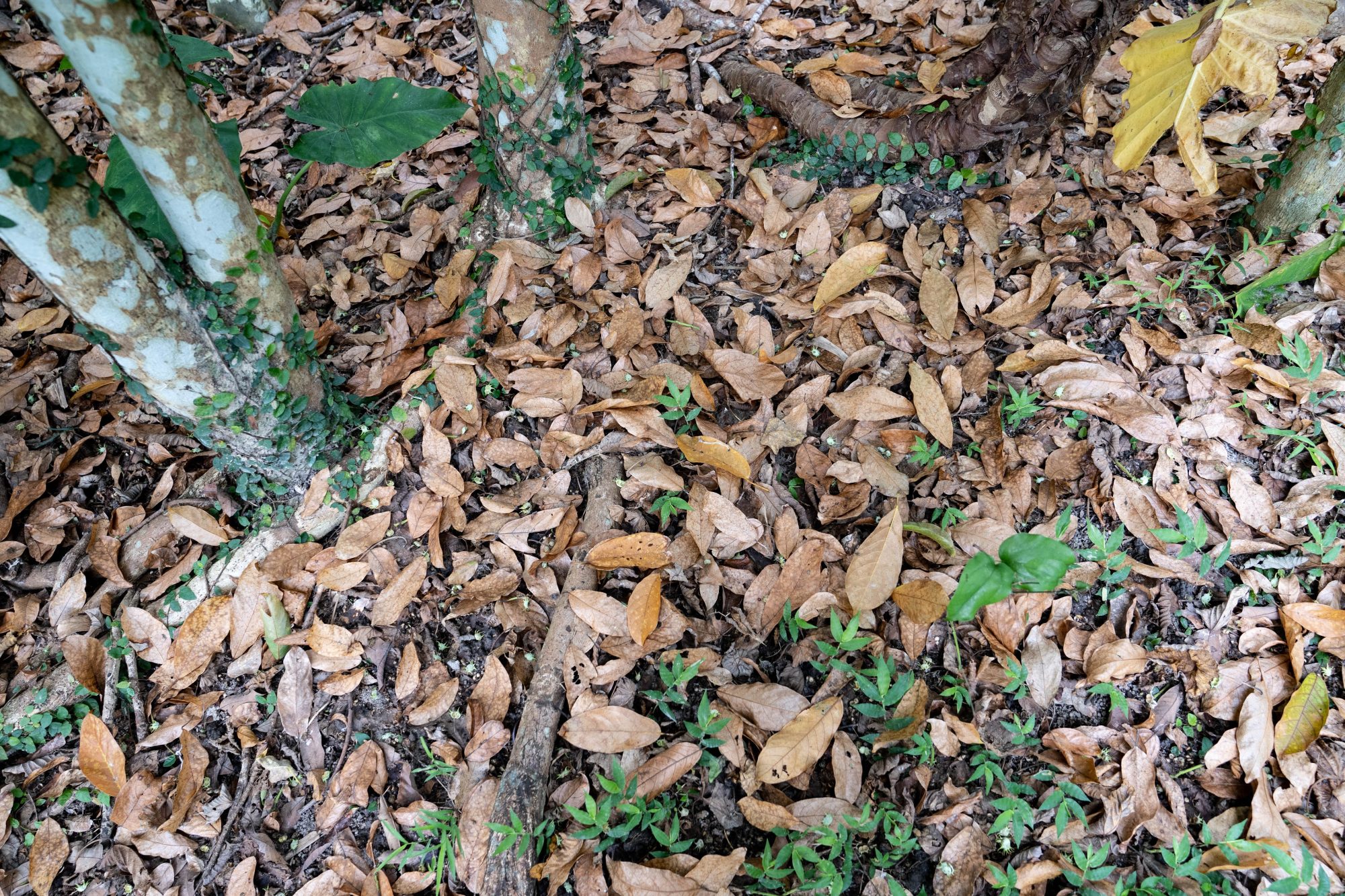

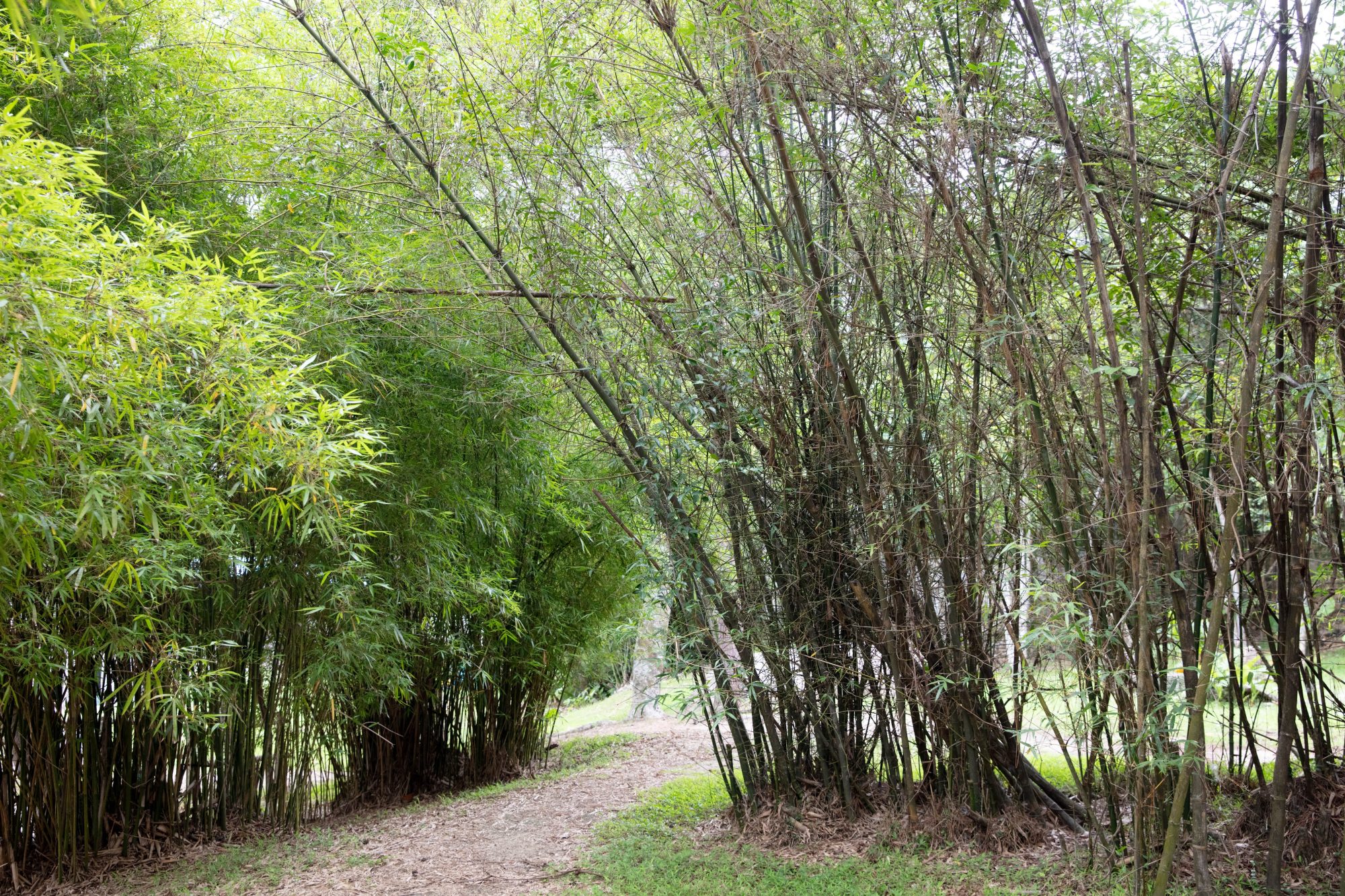

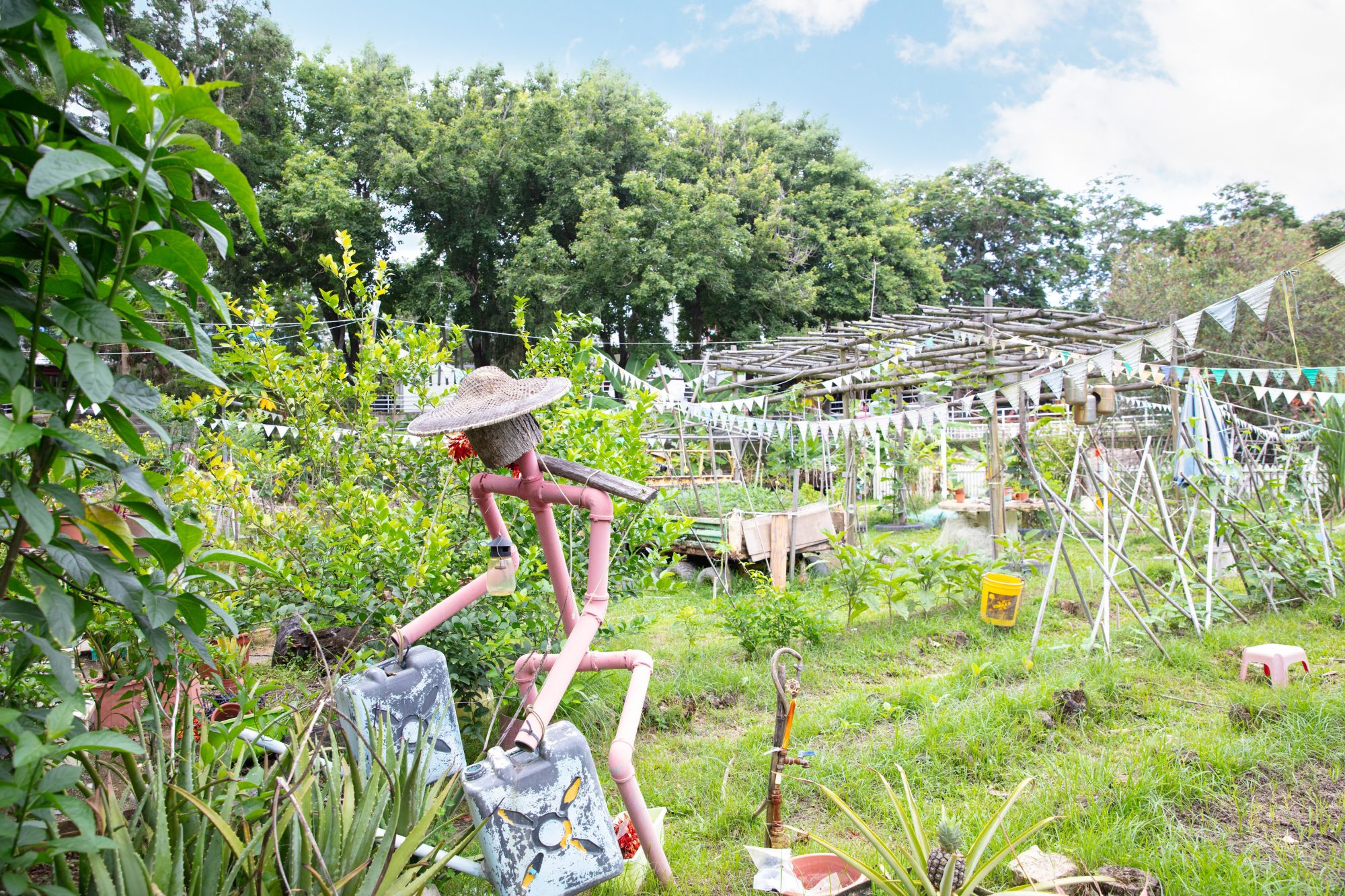
Habitat quality?
Does that mean that we can find these ants as long as we find their suitable habitats and microhabitats? Unfortunately, not really. Aside from the fact that certain species may only be active in certain time of the year (e.g., wet season), the quality of the habitats also matter. To put it simply, except for certain species of ant, most ants would prefer environment with minimum human disturbance. Human activities such as agriculture, tree management or the presence of visitors can directly threaten the ant colonies, or disrupt the habitats (such as impacting the ants’ food source) and render the environment less favorable to the ants. What about the exceptions I have mentioned? Some species can, in fact, benefit from human disturbance. Perhaps they are generalists and can feed on any food they are able to find, or they can feed on honeydew produced by pest insects, which are more common in environment with human activities. As such, ant species less tolerant to disturbance are more common in higher quality, less-disturbed habitats (e.g., secondary forest); in moderately-disturbed (e.g., edge of a forest, roadside trees) and heavily-disturbed environment (e.g., farmland) we can find more species that are more tolerant towards human disturbance; and in manmade, urban environment (e.g., campsite, buildings) a good portion of ants we can find is tramp or pest species. In manmade environment, we can find introduced species such as the yellow crazy ant (Anoplolepis gracilipes) and longhorn crazy ant (Paratrechina longicornis). We may also find common household ants that can take advantage of human activities in these places, such as Tapinoma and Monomorium.
Now that you have learnt some basics on where ants live, perhaps you can challenge yourself to see if you can start spotting ants in places that you are previously not aware of!
